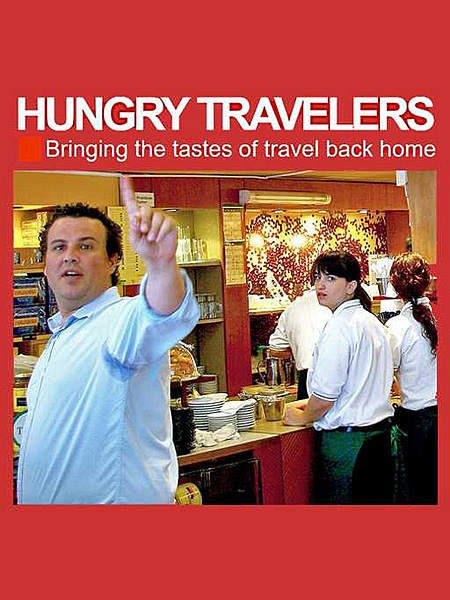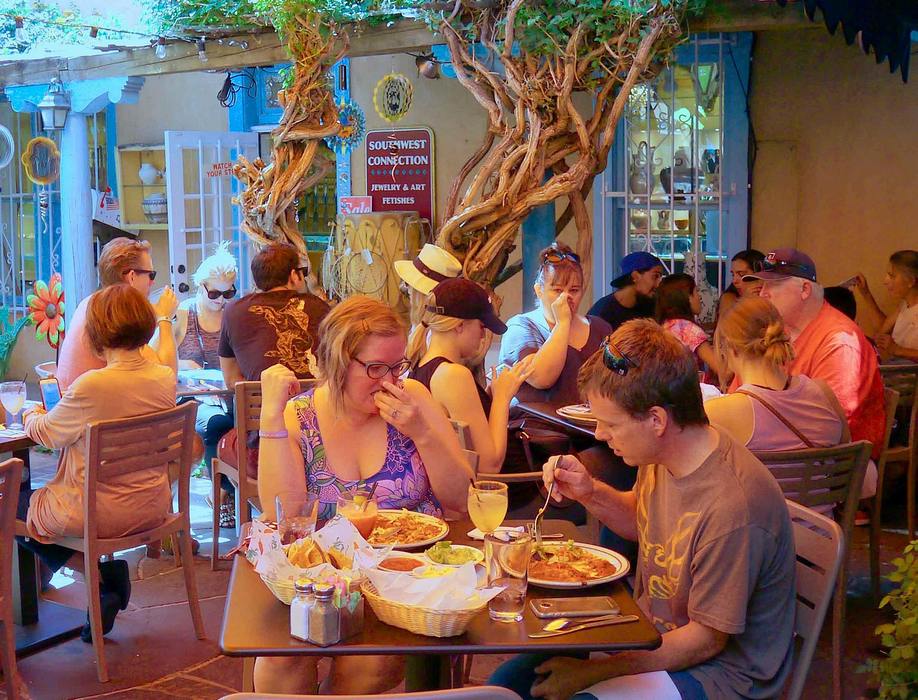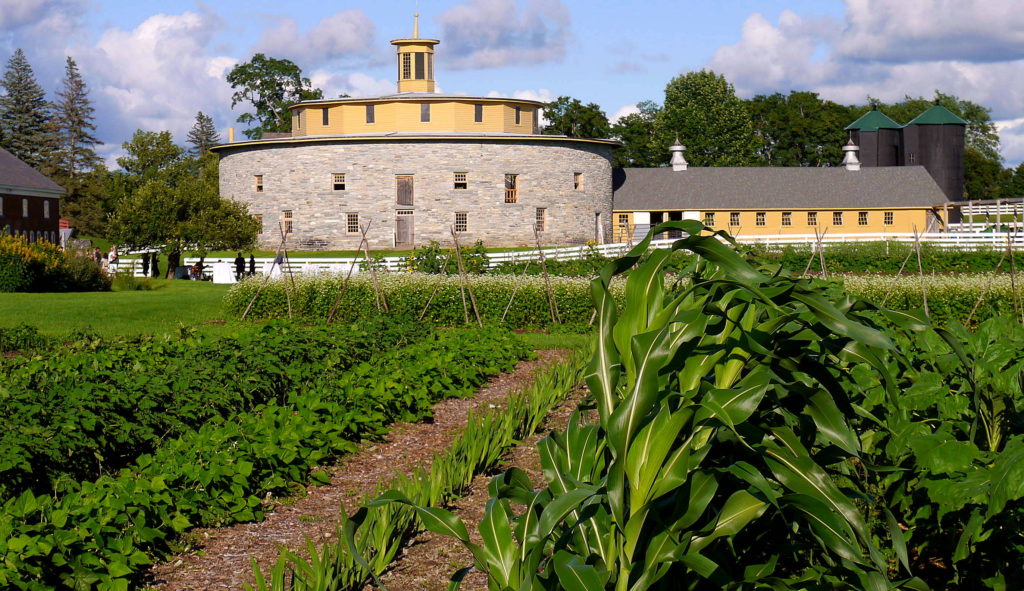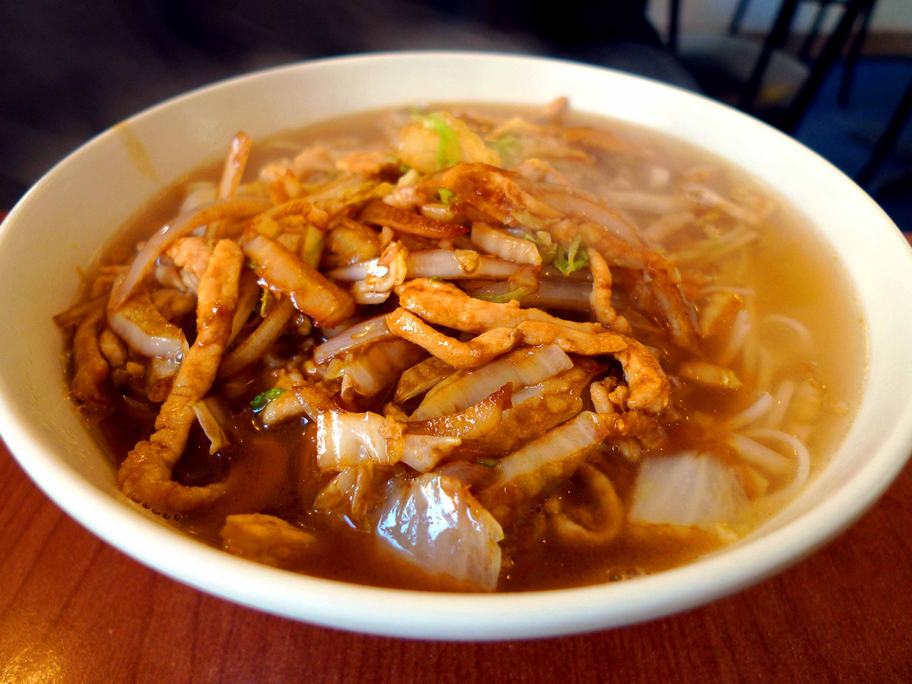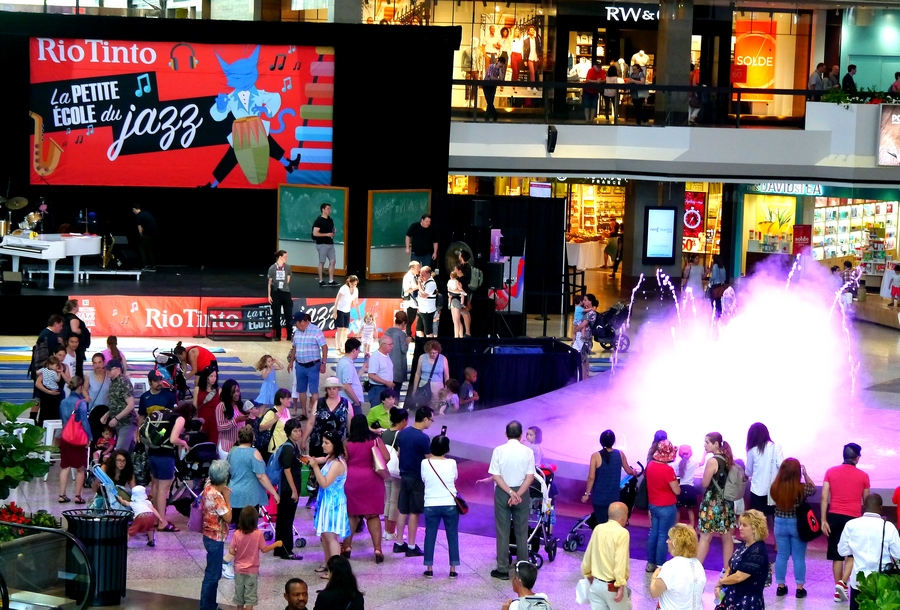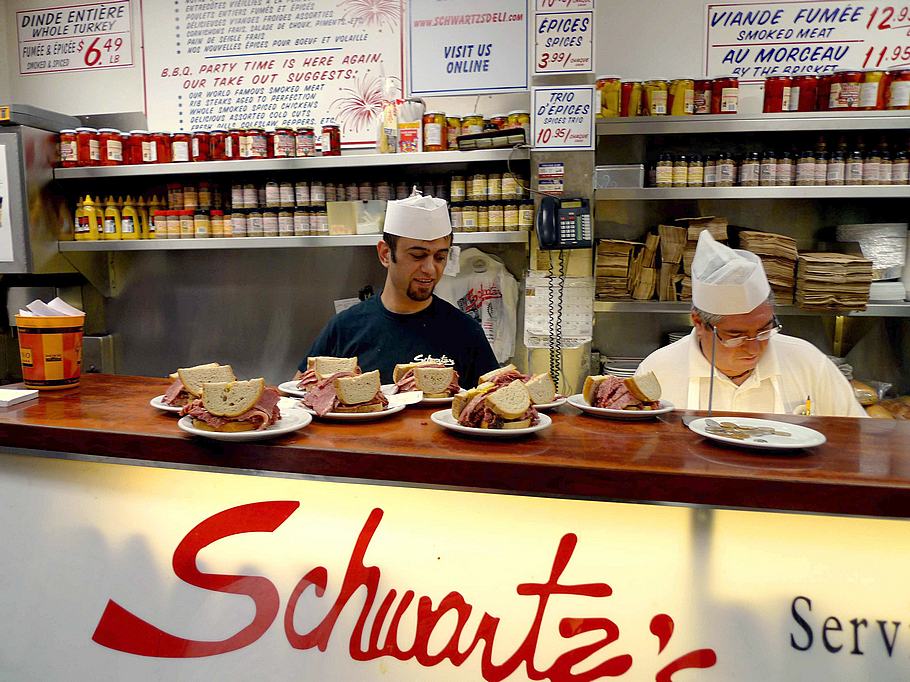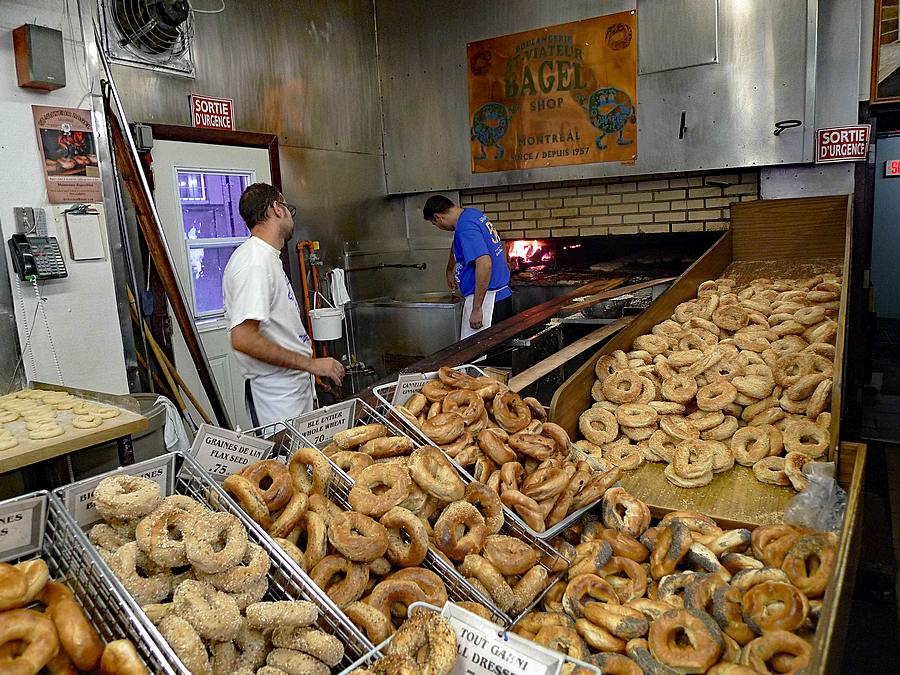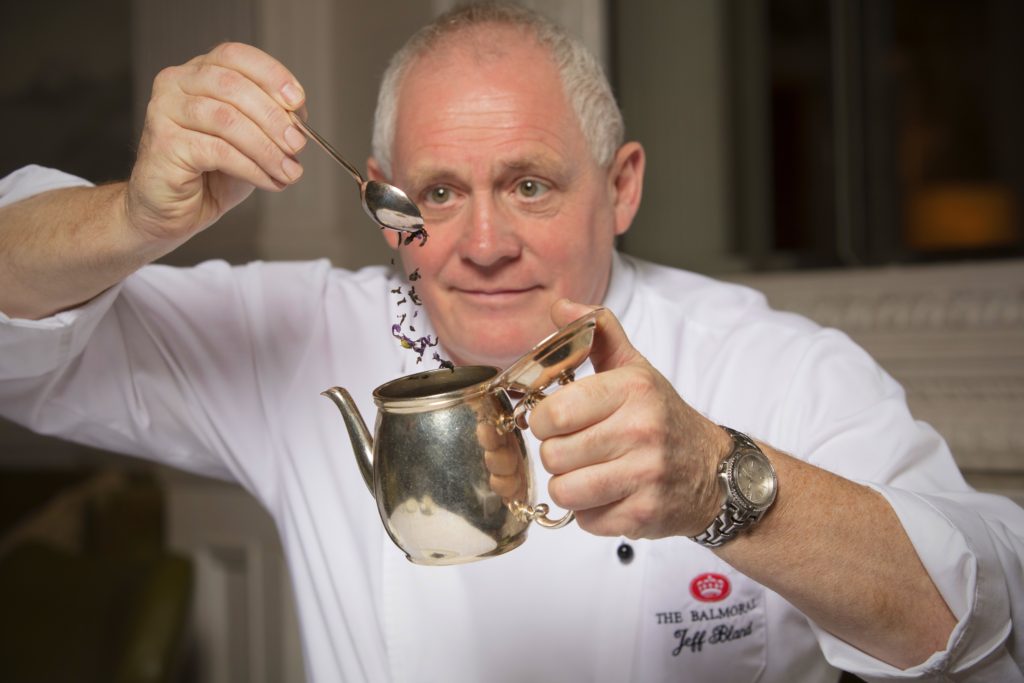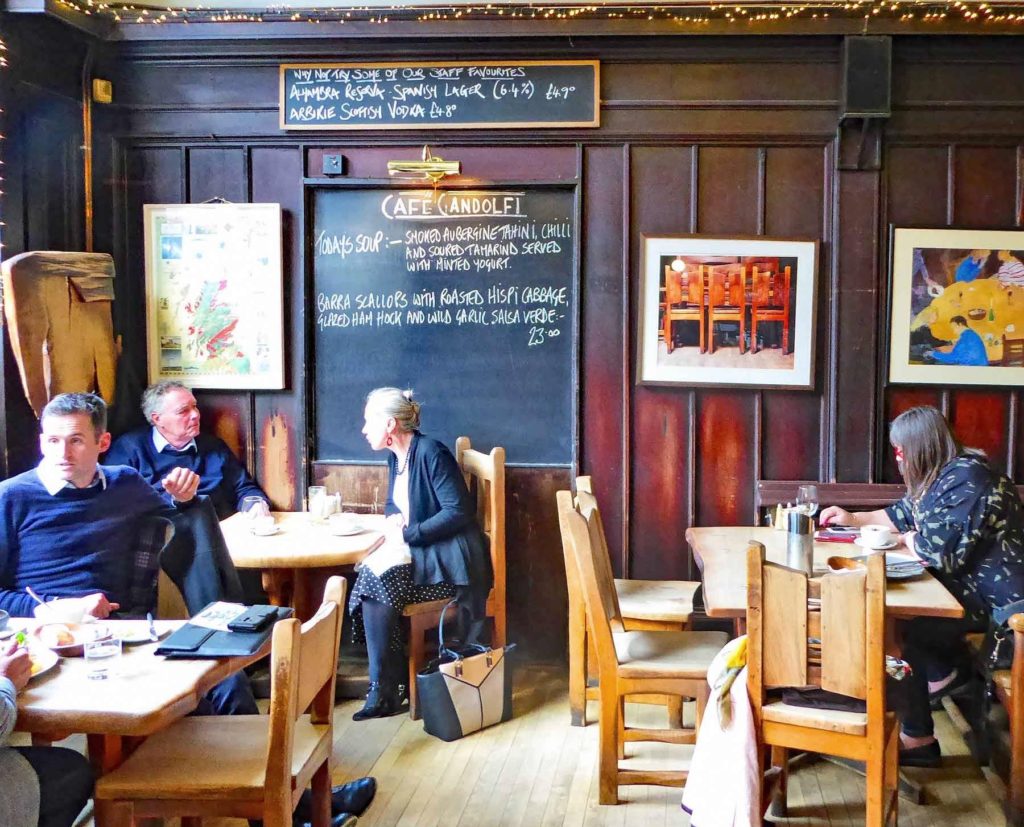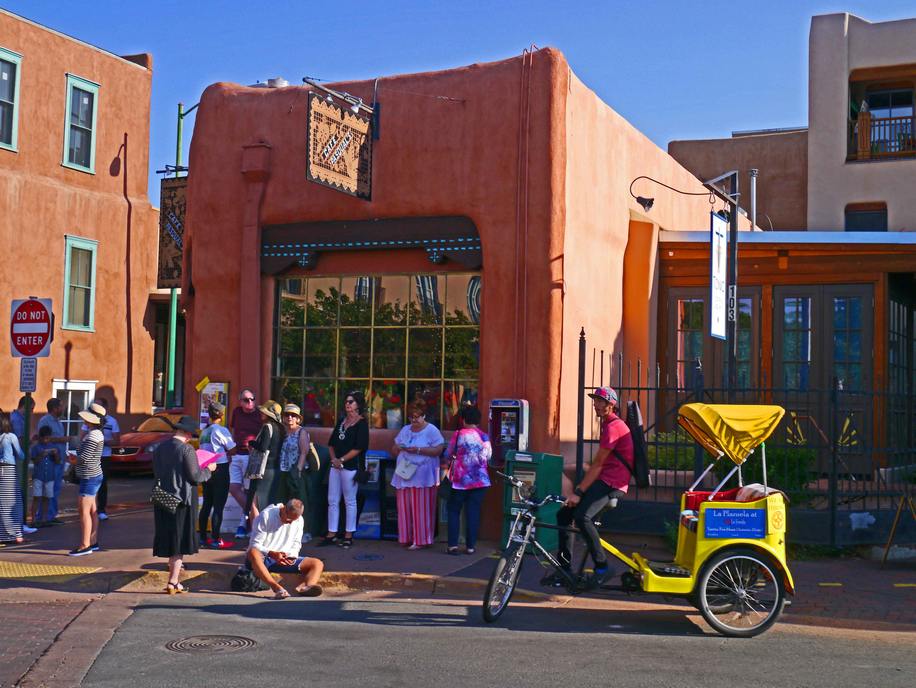
Cafe Pasqual’s in Santa Fe also feeds the spirit
There's a tradition in the pantheon of Catholic saints to consider San Pasqual as the patron saint of cooks and kitchens. Paschal Baylón was a late 16th century Spanish lay Franciscan brother who was known for adding vegetables, meat, and pieces of bread to the thin broth given to the poor. Cafe Pasqual's (121 Don Gaspar Ave., 505-983-9340, pasquals.com) has been dishing out three meals a day since 1979. Founder and executive chef Katharine Kagel, originally from Berkeley, California, has kept up the charitable heritage. She helped create Santa Fe's food bank and co-chairs the capital campaign for Kitchen Angels, the group that provides free hot meals delivered to Santa Fe's homebound. In 1999, just the second year of awarding America's Classics awards, the James...Read More
